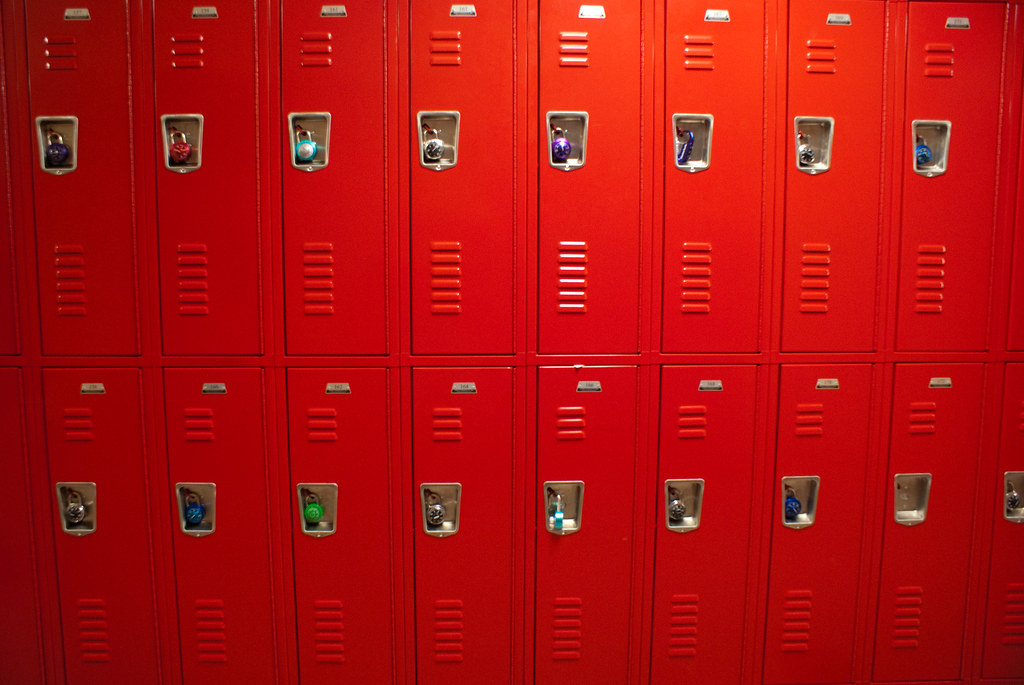A locker is a little, often slim storage space. They’re most prevalent at gyms, businesses, schools, transportation terminals, and the like, where they’re most often found in small lockers. The size and usage of everyone vary; their purpose varies; they’re built differently, and their security varies.
Locker configurations are usually limited, with a range of heights and tier arrangements. Width and depth are generally in line with normal measurements, although non-standard sizes do exist. Lockers are frequently seen in public spaces such as schools, where they may be found in hundreds. Aluminium painted sheet metal is typically used to make them. CSS Storage has a whole range of lockers available for a variety different environment.
The following are some of the distinguishing features that distinguish them from other types of cabinets, cupboards, and storage containers:
Briefly, the basic difference between a lockable cabinet and an open one is that locks are more common on lockable cabinets. This is because they’re generally outfitted with a lock or at least a mechanism for padlocking (rarely both).
Lockers are generally intended for public use and for short- or long-term private usage by individuals for storing clothes or other personal items. Renting a locker for a single trip or for periodic use is possible. Some lockers are provided as a free service to people who participate in certain activities that demand the safe storage of personal belongings.
They are generally, but not always, linked together.
Locks are typically linked together side by side in banks and are frequently constructed of steel, although wood, laminate, and plastic are other options. The lockers are made out of welded steel, with a banked design that allows them to share walls. Each end locker is built by starting with a full locker; following on maybe the floor, roof, back wall, door, and just one extra sidewall (the current sidewall of the previous locker becomes the other sidewall of the new one). The walls, floors, and roofs of lockers can either be riveted together (the traditional method) or welded together.
Locker doors are generally vented to allow fresh air to flow through them. These vents may be a series of horizontal slats at the top and bottom of the door or parallel rows of tiny square or rectangular holes that run up and down the door. The side or rear walls are also commonly vented.
Locker doors are often fitted with vertical door stiffeners, which are metal plates welded to the inner surface and protruding half an inch outside, enhancing the door’s strength and making it more difficult to break through.
Lockers are sometimes produced by the same manufacturers that make filing cabinets, stationery cabinets (including file boxes and steel shelving), and other products constructed of sheet steel.
Locker rooms have historically been used to store personal belongings that are secured by various locking mechanisms. The first modern lockers were most likely simple “box with a lock” devices intended for sports use. Athletes stored their clothing, equipment, and other items in the locker room while they trained. People could get their possessions back by using the unique key given to them when they chose the locker room. Lockers began showing up in schools, hospitals, gyms, and businesses as they became more widespread.
Lockers have several types, including pedestals and wall-mounted storage. Lockers were initially cabinet-like in construction and made of wood, but they are now constructed of steel or metal. With people’s changing needs in mind, lockers have evolved to meet those demands. Today’s lockers may be created from a variety of materials and fit the décor of the environment they are placed in. Metal, steel, plastic, wood, and manufactured wood are just a few of the most popular materials utilized in their creation.
Locker locks have developed in sophistication with the introduction of new technologies. Lockers have incorporated smart technology, going from a big padlock and key to an electronic system, demonstrating how lockers are changing. Smart technology enables lockers to be digital, adaptable in use and equipped with extra features to enhance the user experience. Lockers with keyless access are electronically managed storage facilities that make the process of getting and using a locker quick and efficient. The technology allows for automation throughout the entire process/workflow, whether it’s controlled by a mobile phone application or a touchless kiosk. If you’re looking

